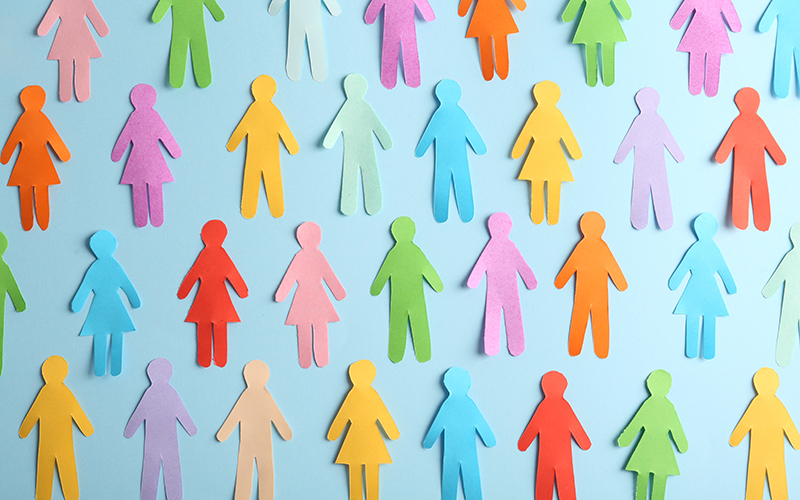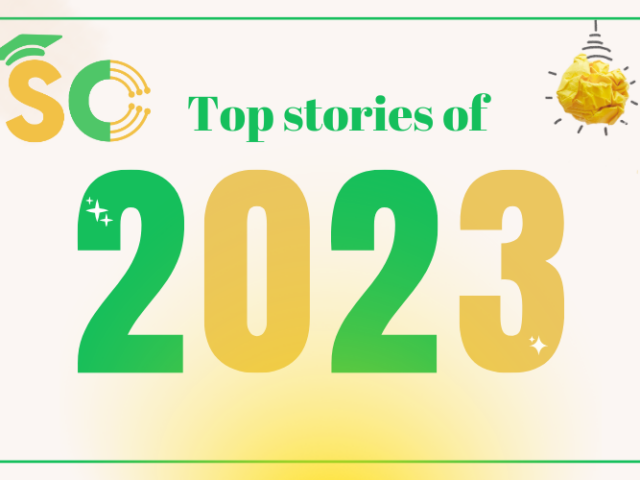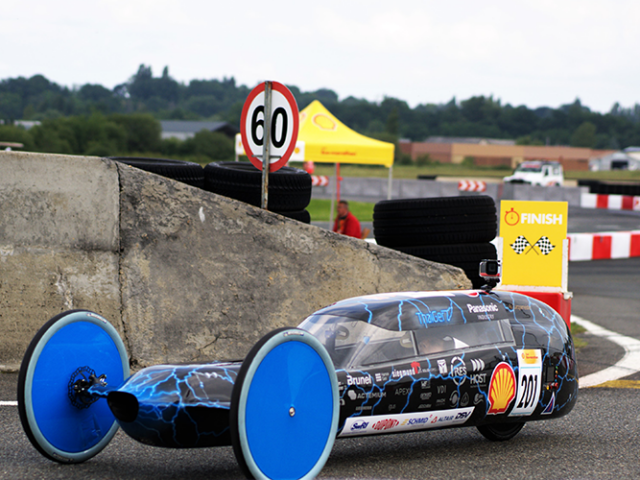Historically, the tech industry has been male-dominated, as highlighted by data from the UK government’s Digital Economy Council, revealing that women constituted for only 19% of the UK tech workforce in 2020. While it is challenging to attribute this underrepresentation to a single cause, cultural stereotypes, limited role models and biases in hiring and promotion are factors that likely contribute to this disparity.
Although there is now increased access to education for girls and women and more opportunities for females to pursue higher education and enter traditionally male-dominated STEM fields, progress is not uniform, gender inequity remains profoundly entrenched and there is still much more we can do to ensure women are represented in the industry globally.
Women face unique challenges and to address the gender gap, it is essential to promote diversity and inclusion, encourage more girls and women to pursue tech careers and create supportive and inclusive workplaces.
Here, David Kim, acting CEO of kids coding franchise Code Ninjas, discusses the rapid advancement of technologies such as artificial intelligence (AI), its implications and how the industry can use it to benefit education and recruitment for women in tech.
AI in recruitment
Firstly, to ensure inclusivity and attract a diverse pool of candidates, it is crucial to craft job postings that resonate with a wide range of individuals. AI serves as a valuable resource by employing natural language processing to analyse job descriptions and identify potential biases or discriminatory language. However, it is important to emphasise that the true value of AI is only fully realised when it is utilised in tandem with well-trained HR professionals who are supported by robust diversity and inclusion initiatives. This collaborative approach ensures that AI is effectively harnessed to promote fairness and equality in the recruitment process.
As CVs start flowing in, it is important to address the potential influence of conscious or unconscious gender bias in the hiring process. AI can play a pivotal role by anonymising information such as names, ages, genders and ethnicities in CVs and applications. Leveraging structured data, AI can then assess applicants using objective criteria. This approach ensures that hiring decisions are solely based on qualifications and experience, eliminating subjective biases that may arise due to an applicant’s background. By utilising AI in this manner, organisations in the industry can strive for fair and impartial hiring practices.
AI in education
Paving the way for a future in the industry necessitates a high-quality, equitable education and acknowledging the valuable contributions females can make in the male-dominated tech sector starts with their learning. Research suggests that girls tend to be more organised and focused on completing assignments and following instructions, while boys may be more likely to take risks and seek out challenges. A similar study found that girls were likelier than boys to use language to understand and process information. Researchers found that girls used more elaborative verbal strategies, such as asking questions and making connections between ideas. In contrast, boys used more visual-spatial strategies, such as mental imagery and visualising solutions to problems.
With new technology disrupting traditional teaching methods, integrating AI in classrooms holds transformative potential. From automated tutoring to grading and curriculum development, inclusive and diverse learning environments foster optimal outcomes for all students. AI can facilitate this vision, but to unleash its full potential for everyone, exposing the next generation to this technology should be a priority in the education sector.
Ross Sleight, Chief Strategy Officer, EMEA, CI&T strongly believe AI is here to stay in education, and that fighting it is an uphill struggle: “Education is still yet to be transformed by AI. It’s centuries old in how it’s done, but that doesn’t mean change isn’t on the horizon.
“Exams and essays can risk regurgitation over critical thinking. Institutions must ask themselves, what is the most effective way to facilitate and consolidate knowledge, and can new technology better support this?
“Technology such as ChatGPT is here to stay, and while it does pose challenges for the education sector, fighting against it is a losing battle. Institutions need to work with it and use it to their advantage. Great innovation can come from it.”
Individual and contextual factors for students, along with social and cultural influences, shape the distinct learning approaches for both males and females. Harnessing AI-powered platforms for personalised learning can address these differences, potentially narrowing the gender gap in the tech industry. By offering inclusive experiences tailored to individual needs and preferences, young women are empowered to embrace tech skills, unlocking a myriad of career prospects.
The limitless potential of AI in education and recruitment is being realised through ground-breaking programs like ChatGPT. They are revolutionising the landscape, providing equal opportunities for all to excel in the industry. As we uncover more possibilities within this exciting technology, we anticipate a future that is brighter and more gender-inclusive in this field.




